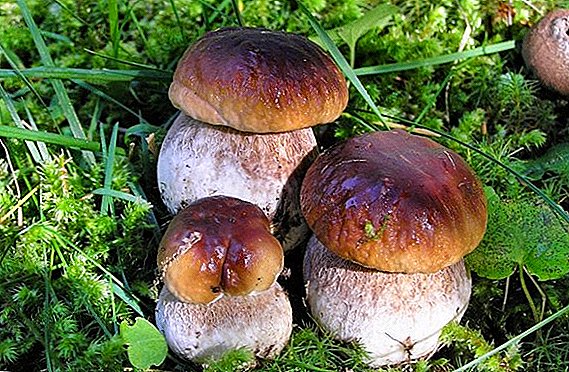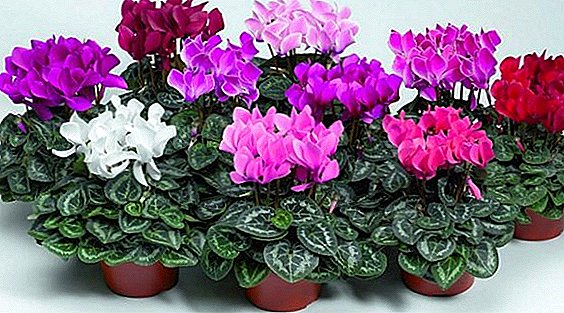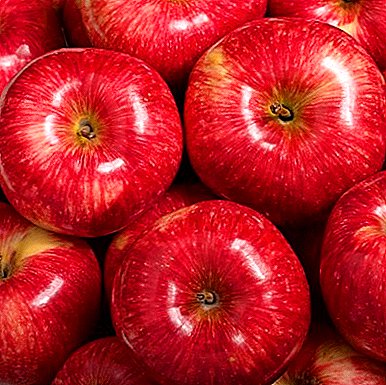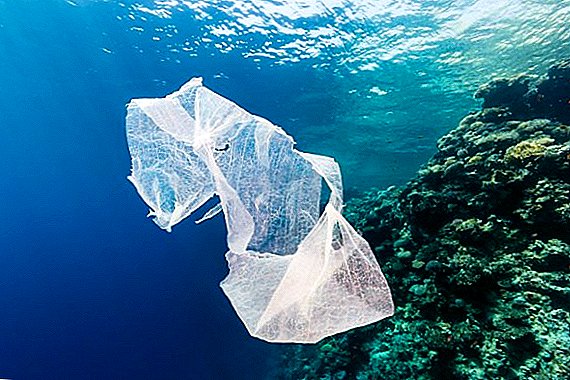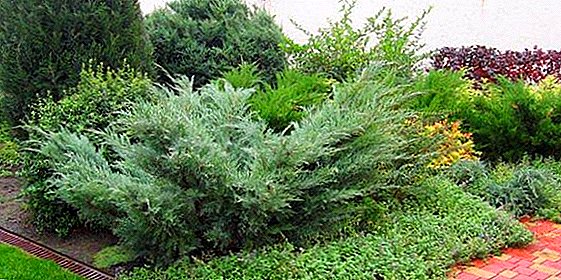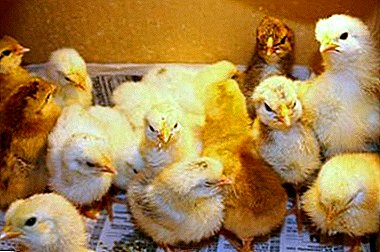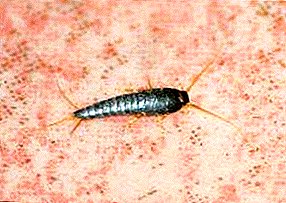
Quite often, our home, especially if it is an apartment, suffers from the invasion of various insects, the most common of which are ants and cockroaches, but there are also more rare guests - woodlice. As a rule, these insects are placed in rooms with high humidity levels and multiply very quickly.
In this article we will talk about chemical means of dealing with this nuisance and tell you about popular and effective folk methods.
What type, class and order is this crustacean?
Mokritsa belongs to the class of higher crayfish and the type of arthropods of the order of the isopods.. Some people mistakenly believe that they are animals and belong to spider-like arthropods, although this is not the case. This is a bright representative of the crustacean arthropods, leading the terrestrial lifestyle (although there are some species that prefer to live near the shores of fresh and saline water bodies).
In the daytime, wood lice hiding from the eyes of people, and for food extraction come mostly at night. Decaying and living plants are used as food, in the latter case they can cause minor damage to garden plantings.
Lackes are characterized by the presence of an oval body shape., on top of which there is a slight bulge. They have two pairs of antennae, the first pair is not fully developed and has rather small sizes, the second pair is strongly developed. The eyes are placed from the left and right sides of the head. There are six pairs of abdominal legs.
Insect control methods
 Despite the fact that woodlice does not have absolutely no harm to human health, they are characterized by the presence of a rather awesome appearance. Therefore, seeing these crustaceans in her bathroom, each hostess immediately begins to look for methods aimed at fighting them.
Despite the fact that woodlice does not have absolutely no harm to human health, they are characterized by the presence of a rather awesome appearance. Therefore, seeing these crustaceans in her bathroom, each hostess immediately begins to look for methods aimed at fighting them.
Pest control experts note that The most effective method for the destruction of woodlice is the use of chemicals, but before using them, you need to get rid of the environment conducive to the reproduction of these crustaceans. That is, if the bathroom is quite damp, then you need to get rid of this problem and only then proceed to the destruction of wood lice.
Chemicals
Among the chemicals aimed at the destruction of woodlice, we can distinguish the following:
- gels;
- crayons;
- bait traps;
- various aerosols;
- insecticides (are effective only in the case of a large number of wood lice, when you can apply the drug directly to the body of crustaceans);
- poison;
- Dichlorvos.
Before using any of the described means, you need to familiarize yourself with the instructions for use. Be sure to follow safetyconsisting in the use of rubber gloves and a respirator.
Important! Using a chemical agent, you should leave the room for several hours, and after a specified time, check it thoroughly.
Folk methods
As for folk methods to get rid of woodlice, here you can use the salt barrier. On the outer perimeter of the door you need to pour a half centimeter line of salt, in contact with it, wood lice will dehydrate. This method is classical and its effectiveness has been tested by several generations.
Also quite popular folk remedies are the following:
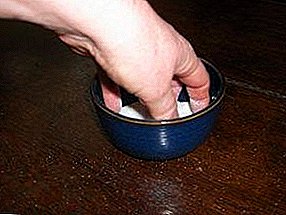 Boric acid. Means, has toxic properties for wood lice and moderately harmful to the human body. Acid, despite its toxic properties, will not cause much harm to moss insects, because in order to destroy the presented crustaceans with this tool, it must get into their esophagus. But, wood lice, most likely, will not swallow the white grains of unknown origin.
Boric acid. Means, has toxic properties for wood lice and moderately harmful to the human body. Acid, despite its toxic properties, will not cause much harm to moss insects, because in order to destroy the presented crustaceans with this tool, it must get into their esophagus. But, wood lice, most likely, will not swallow the white grains of unknown origin.- If woodlice appeared in the industrial premises, then the most effective way to destroy them would be a mixture of tobacco, soda ash and pepper (it will need to be poured into the place where the woodlouse has the greatest accumulation). In residential conditions, this method should not be used, because red pepper will cause the residents of the reaction in the form of tearing eyes, burning in the throat and sneezing.
The selection of the national method of disposal of woodlice should be approached with special attention.because there are also such tips that not only do not get rid of the crustaceans described, but also significantly increase their number.
For example, if a housewife has noticed wood lice in a flower pot, then in no case should you wash the roots of the plant in warm water and then transplant to another pot. This is explained by the fact that if a crustacean attached to the roots of a flower, warm water will absolutely not harm it, but, on the contrary, will create even more comfortable conditions, since moist roots automatically create a moist environment in the soil, and it is this environment that is favorable for the breeding of woodlice.
Considering all these features of wood lice, you need to carefully monitor the level of moisture in your home, then you will not need to look for methods (both folk and chemical) to get rid of these arthropods.
Next, an informative video about the popular way of dealing with lice:


 Boric acid. Means, has toxic properties for wood lice and moderately harmful to the human body. Acid, despite its toxic properties, will not cause much harm to moss insects, because in order to destroy the presented crustaceans with this tool, it must get into their esophagus. But, wood lice, most likely, will not swallow the white grains of unknown origin.
Boric acid. Means, has toxic properties for wood lice and moderately harmful to the human body. Acid, despite its toxic properties, will not cause much harm to moss insects, because in order to destroy the presented crustaceans with this tool, it must get into their esophagus. But, wood lice, most likely, will not swallow the white grains of unknown origin.